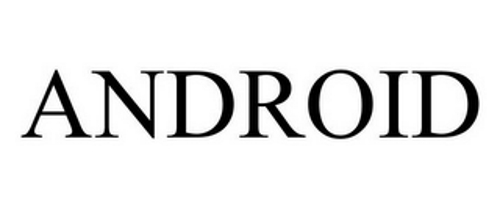 In 1998, Erich Specht formed Android Data Corporation (ADC) and began selling e-commerce software under the trademark Android Data. ADC later transferred its assets, including the trademark, to Andriod’s Dungeon Inc. (ADI), which was owned by Specht. In 2009, Specht and ADI filed a trademark infringement lawsuit against Google based on Google’s use of the Android mark to refer to its mobile operating system. But Specht and ADI lost.
In 1998, Erich Specht formed Android Data Corporation (ADC) and began selling e-commerce software under the trademark Android Data. ADC later transferred its assets, including the trademark, to Andriod’s Dungeon Inc. (ADI), which was owned by Specht. In 2009, Specht and ADI filed a trademark infringement lawsuit against Google based on Google’s use of the Android mark to refer to its mobile operating system. But Specht and ADI lost.
ADC lost because it stopped using the Android Data mark in 2002 when it lost all of its customers and essentially went out of business.
Trademark Rights Tied to Use
Trademark rights exist in conjunction with the use of the mark in the sale of goods or services in business/commerce. When the owner stops using the trademark through sales or licensing for a period of time, the owner can loose its rights in the trademark. This is called abandonment. And this is what happened to Specht and ADI in the case of Specht v. Google, 758 F.Supp.2d 570 (N.D. Ill. 2010), aff’d, 747 F.3d 929 (7th Cir. 2014).
After abandonment, anyone can grab the trademark through use or by filing an intent to use trademark application. Google grabbed the Android mark in 2007 when it launched its operating system.
Trademark Abandonment
The Lanham act provides “[n]onuse for 3 consecutive years shall be prima facie evidence of abandonment….” 15 U.S.C. § 1127. This means that after three years of nonuse there is a presumption that the mark has been abandoned. But, the trademark owner can rebut that presumption by presenting evidence that during the three years the owner formulated an intent to resume use of the trademark in commerce. Therefore it is often difficult to determine, from public ally available information, whether
Maintaining an Email Addresses & A Ghost Website is Not Enough
In the Specht case, Specht and ADI argued the use of email addresses containing @androiddata.com and the maintenance of a website at androiddata.com after 2002 was sufficient use of the mark to avoid abandonment. The trial court disagreed. The court found that the use of an email address to identify an Internet host computer does not constitute a bona fide use of the trademark in commerce.
Regarding the website, the court noted that the Plaintiffs did not claim site offered any price information about the Android Data software, information about how a visitor to the website could license the software, or detailed information and pricing on ADI’s services. Further, ADI did not license or sell the Android Data software. The court concluded that Specht and ADI could not preserve its trademark by “posting the mark on a functional yet mostly purposeless website.”
ADI lost rights in the ANDRIOD DATA mark because it stopped using it without a demonstrated intent to resume use of the mark. Google was able to acquire rights in the ANDRIOD mark because ADI abandoned it through non-use.
Use It or Risk Loss
If you want to maintain ownership over a trademark it is best to continue using it in the sale of goods or services. If you stop using the mark too long, you can loose your trademark rights in the mark.
One Reply to “Use it or lose it: Android Trademark Abandonment and Revival”
Comments are closed.